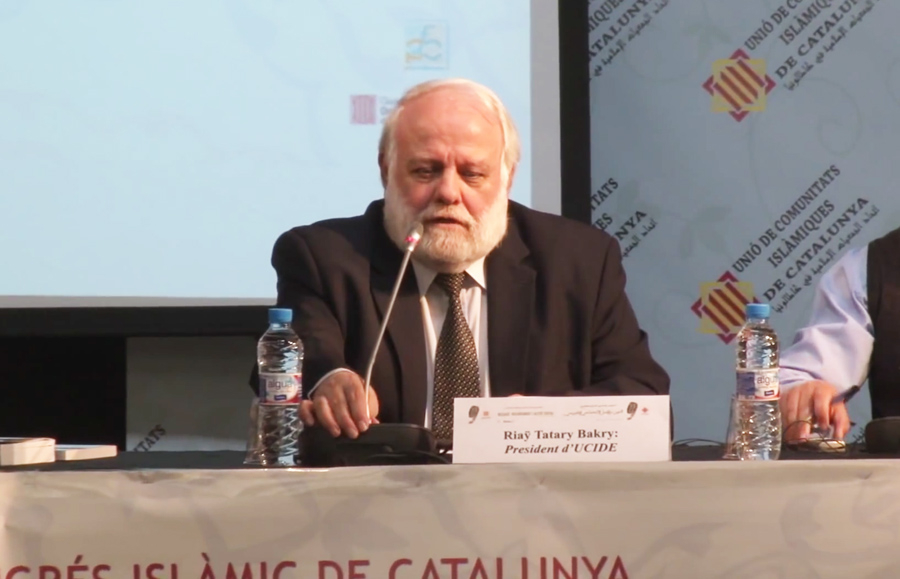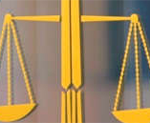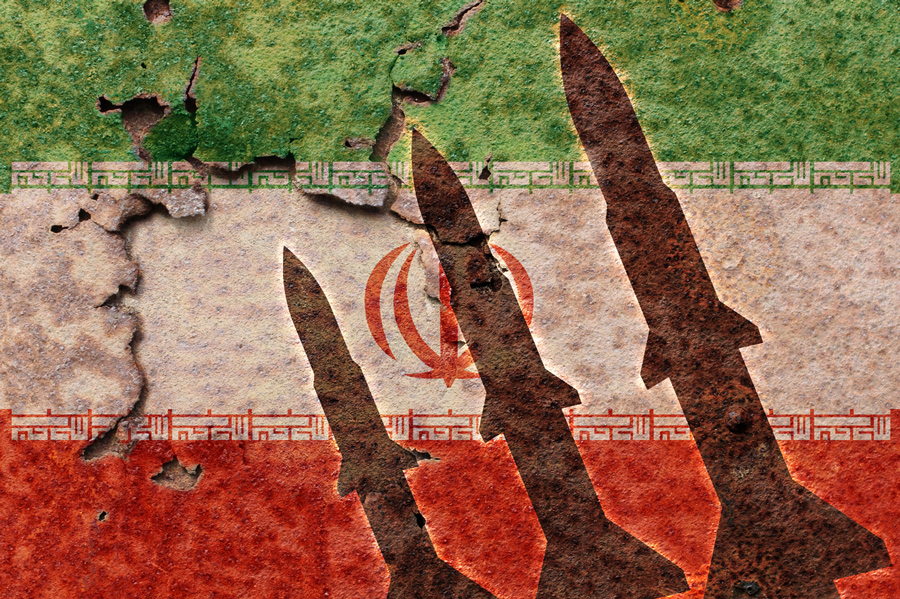Spain: Courses on Islam in Public Schools A Gateway to Radical Islam?

- The guidelines for teaching Islam in public schools — drafted by the Islamic Commission of Spain and approved by the Ministry of Education — are aimed at stirring religious fervor and promoting Islamic identity among young Muslims in Spain.
-
- The guidelines, which envision the teaching of every aspect of Islamic doctrine, culture and history, are interspersed with “politically correct” terminology… but the overall objective is clear: to inculcate young people with an Islamic worldview.
- According to the guidelines, preschoolers (ages 3- 6) are to learn the Islamic profession of faith, the Shahada, which asserts that “there is no God but Allah and Mohammed is his messenger.” The Shahada is the gateway into Islam: one becomes a Muslim by repeating the Shahada three times in front of a witness. They are also encouraged to “emulate, through different forms of expression, the values observed by Mohammed.”
- In primary school (ages 6-12), the guidelines call for children to “recognize Mohammed as the final prophet sent by Allah and accept him as the most important.”
The Spanish government has published new guidelines for teaching Islam in public preschools and primary and secondary schools.
The guidelines are being touted as a way to prevent Muslim children and young people from being drawn into terrorism by exposing them to a “moderate” interpretation of Islam.
On closer inspection, however, the guidelines — drafted by the Islamic Commission of Spain and approved by the Ministry of Education — are aimed at stirring religious fervor and promoting Islamic identity among young Muslims in Spain.
The new plan, which is the most ambitious in all of Europe, amounts to a government-approved program to establish a full-fledged Islamic studies curriculum at public schools nationwide, at a time when Christian religious symbols are being systematically removed from Spanish public schools by official enforcers of secularism.
Although Spanish taxpayers are being expected to pay for the religious education of up to 300,000 Muslim students between the ages of 3 and 18, it remains unclear whether Spanish authorities will have any oversight of the teaching of Islam in public schools. The government has agreed to allow local Muslim organizations to draft the course syllabi, choose the textbooks, and even determine who will teach the classes.
Spain’s Ministry of Education quietly published the guidelines in the official state gazette (Boletín Oficial del Estado) on March 18. The curriculum for teaching Islam in Spanish public preschools can be found here; in public primary schools here; and in public secondary schools here.
The guidelines, which envision the teaching of every aspect of Islamic doctrine, culture and history, are interspersed with “politically correct” terminology — the documents are rife with buzzwords such as coexistence, diversity, equality, human rights, inclusion, integration, intercultural education, interreligious dialogue, moderation, pluralism, religious liberty, respect and tolerance — but the overall objective is clear: to inculcate young people with an Islamic worldview.
According to the guidelines, preschoolers (ages 3- 6) are to learn the Islamic profession of faith, the Shahada, which asserts that “there is no God but Allah and Mohammed is his messenger.” The Shahada is the gateway into Islam: one becomes a Muslim by repeating the Shahada three times in front of a witness.
Block 6 is aimed at instilling “interest for Islamic religious and cultural texts,” stirring “curiosity for the Koran in oral and written language,” and learning “Islamic recitations, narrations and descriptions.”
Children should develop an “attitude of listening to Koranic and prophetic texts” and memorize “short Hadiths [reports about the words, actions or habits of Mohammed] and Koranic stories.” They are also encouraged to “emulate, through different forms of expression, the values observed by Mohammed.”
In primary school (ages 6-12), the guidelines call for children to “recognize Mohammed as the final prophet sent by Allah and accept him as the most important.” Students are to “recite the Shahada in perfect Arabic and Spanish,” and “recognize that the Koran is a guide for all of humanity.” Children are to “know certain Arabisms in the Spanish language and appreciate the linguistic contributions of Islam to the history of Spain, using verbal language to communicate emotions and sentiments.”
Primary school students are to “know examples of Mohammed’s coexistence with non-Muslims,” although there is no indication that Muslim pupils will be taught about the 900 Jews of the Banu Qurayza tribe in Medina that Mohammed ordered to be beheaded in 627AD.
Students are also to “understand that Islam is a religion of peace — spiritual or internal peace and social or communitarian peace. The prophet teaches us to live in peace. Islam promotes solutions to resolve conflicts and social inequality.”
Moreover, the guidelines call for primary students to “comprehend and explain the existence of other monotheistic revelations of Allah: Judaism and Christianity.” But it remains unclear whether students will learn about the three instances in the Koran (Suras 2:65, 5:60 and 7:166) in which Allah turns Jews into apes and/or pigs.
In secondary school (ages 12-18), the guidelines call for students to “know, analyze and explain the affective-emotional attitudes of Mohammed when confronting personal offenses, valuing conflict resolution.” It remains unclear whether students will learn about Suras 5:33 and 33:57-61, which call for curses against those who “annoy Allah and His Messenger.”
Block 4 calls on students to evaluate the “transversality present in the Koran and the Hadiths regarding social relations.” It does not, however, mention whether students will be taught that the Koran and the Hadiths require non-Muslim subjects (dhimmis) residing in Muslim lands to pay a protection tax known as the jizya.
In a section on the “Islamic model for economics and jurisprudence,” students are asked to identify Islamic solutions to world problems. They are also asked to “analyze and explain the benefits of interest-free loans [aka Sharia finance].”
In Block 8, students are asked to “analyze the stages of the establishment and flourishing of Islamic jurisprudence [Sharia law] during the splendor of al-Andalus.”
Al-Andalus is the Arabic name given to those parts of Spain, Portugal and France that were occupied by Muslim conquerors (also known as the Moors) from 711 to 1492. The Islamic State (ISIS) has repeatedly vowed to “liberate” al-Andalus from non-Muslims and make it part of their new Islamic Caliphate.
The guidelines also encourage students to use the internet to learn more about Islam, even though the internet is playing an increasingly important role in the radicalization of young Muslims.
The legal basis for teaching Islam in Spanish public schools can be found in Article 27.3 of the Spanish Constitution of 1978, which establishes that although Spain is non-confessional (meaning that it does not recognize an official state religion), “the State guarantees parents the right for their children to obtain a religious and moral education which conforms to their own convictions.” Muslims (and Roman Catholics) have long understood this to mean that children are entitled to religious education in public schools.
On November 10, 1992, the Socialist government of Felipe González — seeking to end the monopoly of the Roman Catholic Church over Spanish education — negotiated a “Cooperation Agreement between the Government of Spain and the Islamic Commission of Spain” (Comisión Islámica de España, CIE). That agreement, codified in Law 26/1992, recognized Islam as a minority religion in Spain and guaranteed that “Muslim students … receive Islamic religious education in public schools.”
(Also on November 10, 1992, the Spanish government approved the “Cooperation Agreement between the Government of Spain and the Federation of Evangelical Christian Entities in Spain.” That agreement was codified in Law 24/1992. In June 1993, the Spanish government published guidelines for the teaching of evangelical Christianity in public schools.)
In recent years, Muslim leaders in Spain have complained that the Spanish government has failed to implement the 1992 agreement. According to the CIE, 90% of Muslims students in Spain lack access to Islamic studies in public schools. The new guidelines appear to signal the current government’s commitment to follow through on the promises of past governments.
The guidelines were drafted by CIE president Riaÿ Tatary, a Syrian who has lived in Spain for more than 45 years. Tatary, a medical doctor who is also the imam of the Abu-Bakr Mosque, the second-largest mosque in Madrid, is often portrayed as the epitome of Muslim integration and moderation.
Tatary is the chief interlocutor between Spain’s Muslim community and the Spanish government and has received a civilian merit award from the Ministry of Justice for his work on Spain’s law on religious liberty.
But Spanish counterterrorism analysts (here and here) have long suspected that Tatary is closely linked to the Muslim Brotherhood, which is highly critical of Western concepts of justice and democracy. The Brotherhood’s motto is: “Allah is our objective; the Prophet is our leader; the Koran is our law; Jihad is our way; dying in the way of Allah is our highest hope.”

The Spanish government’s curriculum guidelines for public school Islamic studies were drafted by Riaÿ Tatary, imam of the Abu-Bakr Mosque. Spanish counterterrorism analysts have long suspected that Tatary is closely linked to the Muslim Brotherhood. |
Tatary denies the charges, although members of his mosque have, in fact, been tied to al-Qaeda.
Ahead of municipal elections in May 2015, Tatary admonished Muslims in Spain not to vote for any candidate who “hinders or impedes the establishment of mosques for our faithful, and cemeteries for our dead.” He also said that Muslim voters should not vote for anyone who “hinders or prevents the children of Muslim citizens from receiving Islamic religion courses in public or private schools.”
Spanish political analysts said Tatary’s attempt to enforce the Spanish Muslim vote was alarming:
“At first glance, it does not seem objectionable that a group, whatever its nature, defends the rights of its members. However, when it comes to an entity that appeals to religion to impose a massive discipline of the faithful in the political arena, we cannot but be alarmed. Especially when that religion is engaged in relentless war within itself and with the rest of the civilized world.”
It seems unlikely, however, that parents and imams will accept many of Tatary’s politically correct non-literal interpretations of the Koran, which apparently are aimed at securing the government’s approval of the guidelines. The challenge of reform-minded Muslims is to convince the majority of Muslims that the Koran and the Hadiths do not actually mean what they say.
In the end, the new guidelines may end up achieving a completely undesired objective: serving as gateway to radical Islam for tens of thousands of young Muslims in Spain.























